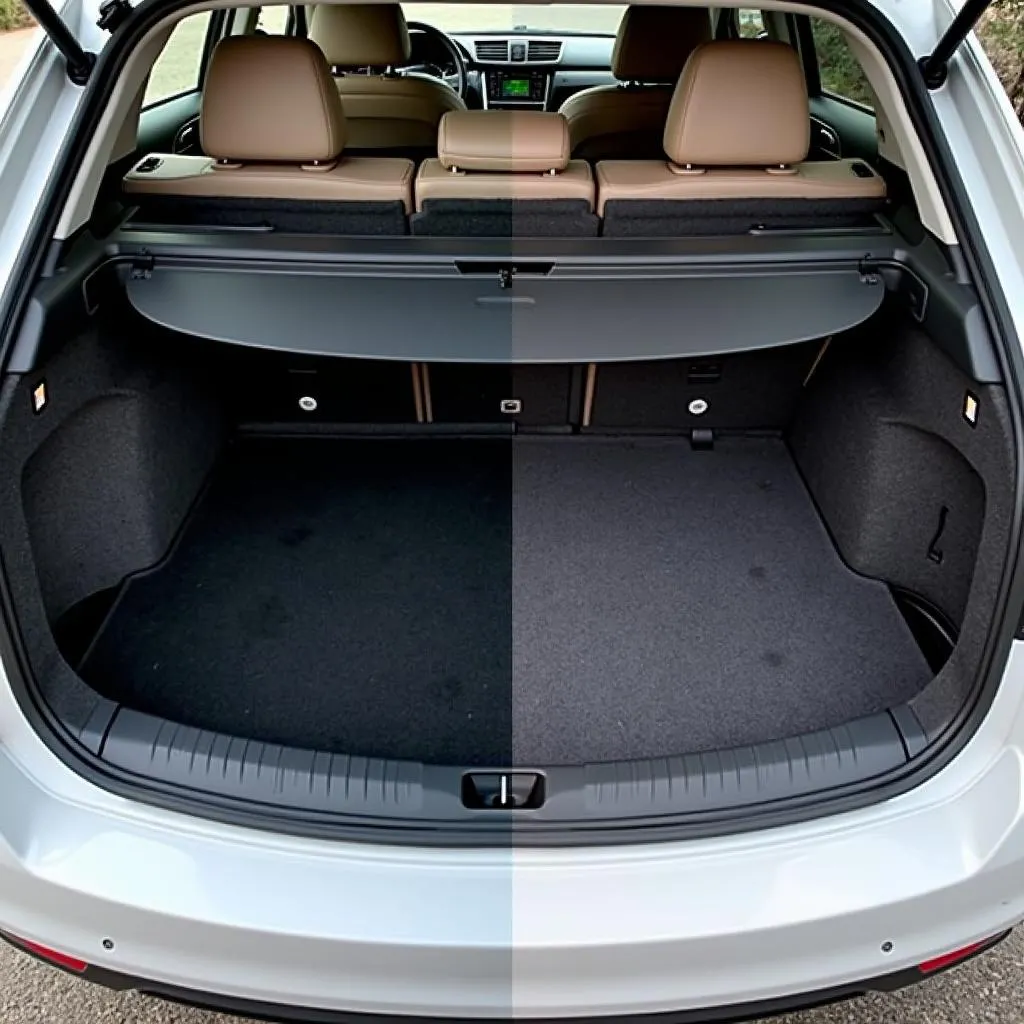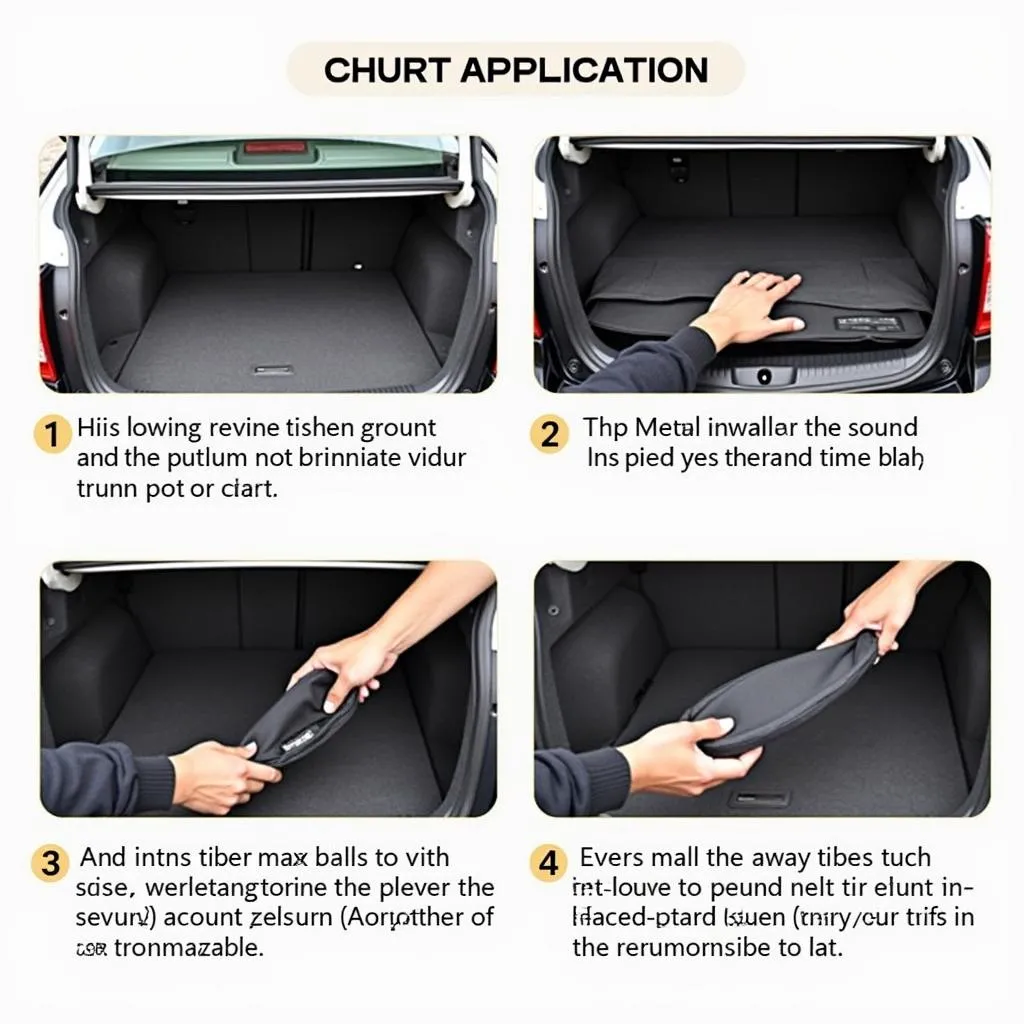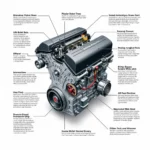Effective passenger compartment insulation is essential for a comfortable driving experience. Rear insulation plays a crucial role, significantly reducing noise from the engine, exhaust system, and road – sounds often most noticeable in the vehicle’s rear. But its benefits aren’t limited to noise; effective rear insulation can also minimize heat transfer.
Why Is Rear Insulation Important?
Imagine driving your classic car down the highway. The engine hums, the wind whistles around the vehicle, and a constant drone from the rear invades the passenger compartment. Such drives can quickly become tiring and unpleasant.
This is where rear insulation comes in. It acts like a sound barrier, preventing bothersome external noises from entering the cabin. The result? A significantly quieter and more relaxed drive.
But the benefits of rear insulation extend beyond noise control. Good insulation in the rear also acts as thermal insulation. It helps keep the heat out in the summer and retain warmth inside during the winter.
 Trunk Lid Insulation Before and After
Trunk Lid Insulation Before and After
What Types of Rear Insulation Are There?
Various materials can be used to insulate the rear of your car. Popular options include:
- Aluminum Butyl: A self-adhesive material known for high sound insulation and good thermal insulation properties.
- Foam: Available in various densities and types. Provides good sound insulation and is relatively cost-effective.
- Insulation Mats: Pre-fabricated mats made from various materials, specifically developed for vehicle applications.
Choosing the right material depends on various factors, including the vehicle model, budget, and your specific insulation needs.
How Is Rear Insulation Installed?
The installation process for rear insulation varies depending on the vehicle model and chosen material. Generally, however, you’ll first need to remove the trim panels in the rear area. Then, the insulation material is applied to the cleaned metal surfaces.
For optimal results, it’s important that the insulation material is applied carefully and without leaving gaps.
 Installation of Rear Insulation Material
Installation of Rear Insulation Material
What Are the Advantages of Professional Rear Insulation?
- Significant Reduction in Driving Noise
- Improved Driving Comfort
- More Pleasant Interior Climate
- Increased Vehicle Value
If you’re looking for a way to significantly enhance your car’s driving comfort, rear insulation is a worthwhile investment.
Further Questions About Rear Insulation?
- Which materials are best suited for my vehicle?
- How much does professional rear insulation cost?
- Can I install the insulation myself, or should I hire a professional?
Feel free to contact us if you have any questions about rear insulation. Our experts at autorepairaid.com are happy to provide personalized advice and help you find the optimal solution for your vehicle.

